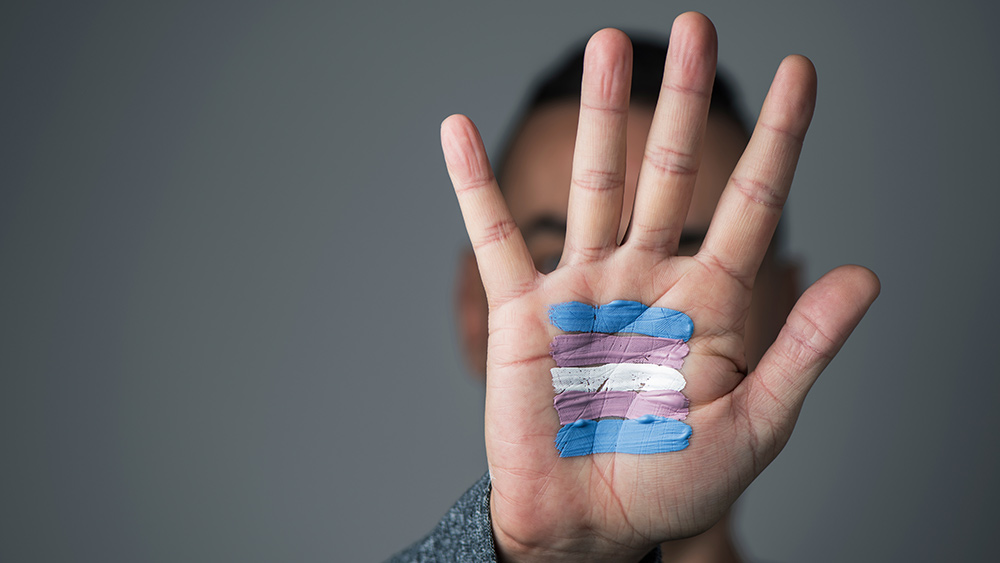
An important skill all preppers must know is how to properly treat wounds. Learning how to properly dress different types of wounds will prevent them from getting infected, and can even save someone’s life or limb in a survival scenario or when SHTF. (h/t to SurvivalistPrepper.net)
What to include in a first aid kit for wound treatment
Start by preparing a basic first aid kit with the following items:
- Four-by-four gauze
- Two-by-two gauze
- 3” cling gauze
- Abdominal gauze pads (or feminine maxi pads)
- Elastic bandages in assorted sizes
- Adaptic dressing
- Alcohol swabs
- Assorted adhesive bandages of different sizes
- Bandage scissors (Buy a high-quality pair made with solid steel so you can easily cut through thick dressings.)
- Vet wrap
- Foam pads
- Medical tape
- Calcium alginate dressing
- Nitrile gloves
- Saline solution or saline bullets
- Silver gel
- Silver calcium alginate dressing
These items can be bought from a medical supply store or online. Some of them are a little expensive, but a first aid kit is a worthy investment if you want to survive when disaster strikes.
How to apply a basic dry dressing
A dry dressing is useful for treating shallow wounds, such as minor cuts, scrapes or open blisters. Before applying a dry dressing, wash your hands thoroughly then clean the wound.
Items needed:
- Two-by-two gauze
- Four-by-four gauze
- Adhesive bandages (for small wounds)
- Alcohol swabs
- Medical tape
- Silver gel
Steps:
- Clean the wound with an alcohol swab and pat it dry with four-by-four gauze.
- Apply a bit of Silver gel, just enough to make the wound shine.
- Use an adhesive bandage to cover the wound if the cut is small. For a larger cut, create a makeshift bandage using a two-by-two or four-by-four gauze pad. Gauze is better for dry dressings because the material breathes, preventing moisture from being trapped against the wound.
- If you use gauze, use medical tape to keep it on. When cutting gauze, cut enough to completely cover the area then secure it with the tape. To dress a large area, such as a skinned knee, cut four separate pieces of tape and attach them one at a time on the corners of the gauze.
- If you think the wound will bleed a little, cover open areas of the gauze with more tape. (Related: First aid basics: Home remedies and treatments for different kinds of open wounds.)
How to apply a wet to dry dressing
A wet to dry dressing is used to treat deep wounds or incision wounds that can easily become infected if left unchecked. These include those that you can't stitch up. If you don't know how to stitch a wound, don't do it to avoid making the wound worse and use a wet to dry dressing instead.
Take note that when applying a wet to dry dressing, you will need to insert damp gauze into the wound.
Items needed:
- Two-by-two gauze
- Four-by-four gauze
- All-cotton elastic wrap
- Alcohol swabs
- Saline bullets or saline solution
- Medical tape
- Cling gauze
Steps:
- Wash your hands, then put on some gloves. Prepare your supplies.
- Use the alcohol swab to clean the area around the wound. Avoid wiping the wound itself because alcohol will sting.
- Open the two-by-two gauze but leave it in the package. Take a saline bullet, which contains three mL of liquid, then squirt some saline onto the two-by-two gauze pad. The pad should be damp but not dripping wet.
- Open the two-by-two gauze pad fully, then fold it. Gently pack the gauze into the wound. The wound bed is sensitive, so "stuff" the gauze gently and try to fill the void area with gauze. When you're done you shouldn’t be able to see any of the wound bed.
- Cover the gauze with another piece of two-by-two or four-by-four gauze, depending on the size of the wound. Secure the second piece of gauze with tape.
- For wounds on the arm, hand, leg or foot, cover the two-by-two gauze with cling wrap gauze. Change the dressings once every 24 hours to ensure that the packed gauze dries out.
Take note that you can also change the dressing every 12 hours instead of 24; however, if the gauze isn’t fully dried, the wound will get soupy and the dead tissue can allow bacteria to grow in the wound. Once you remove the dressing, the dry gauze should debride or help clean out the wound bed. Applied properly, the dressing should leave a clean, red wound bed.
Keep calm, use the tools in your first aid kit and apply the proper dressing on wounds to promote faster healing and prevent infections.
Sources include:
Please contact us for more information.














